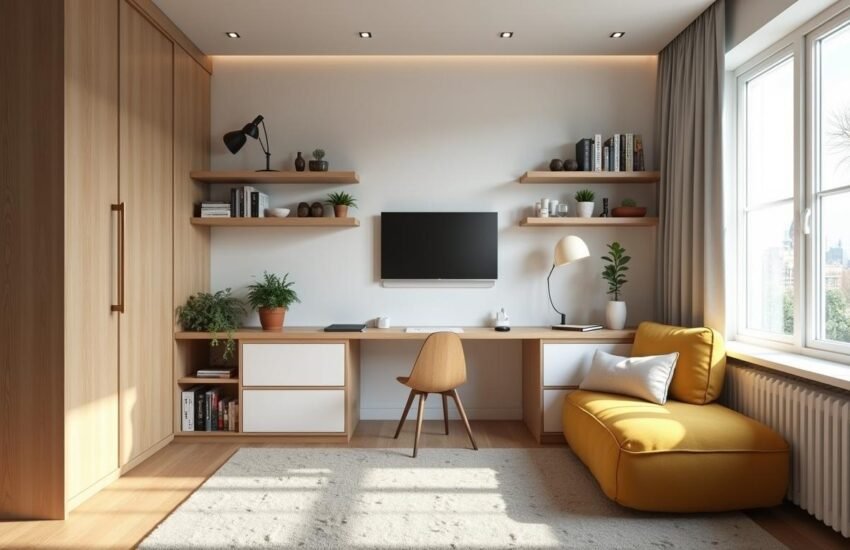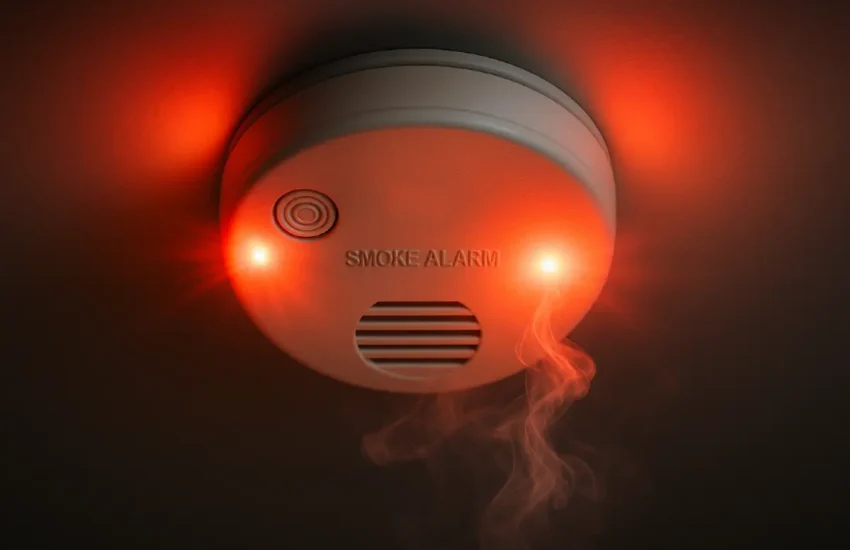How Often Do You Need To Get Done With Chimney Inspection?
Ever give it any consideration how frequently you should inspect your chimney? Many consider this subject as they prepare for the winter. Though it doesn’t always get the maintenance it requires, a chimney is a crucial component of keeping your house warm and safe.
For their safety and proper operation, they need regular inspections. How often and what should you look for while having your chimney checked? Come along and check out the details!

All the information you want about chimney inspections
Not just beautiful elements, chimneys are crucial for the safety of heating systems and fires. Over time, chimneys might develop issues you may not notice right away. The issues might range from excessive creosote to structural damage.
They can become hazardous if they are not patched up soon. You may identify and address these problems before they worsen by routinely having your chimney Inspection Seattle examined.
The National Fire Protection Association’s (NFPA) guidelines
Vents, stoves, and chimneys should all be inspected at least once a year, according to the National Fire Protection Association (NFPA). This once-yearly inspection confirms that the structure is still sound and that there is no accumulation or obstructions. As to the NFPA, there are three categories of tests:
The reasons for checking your chimney
Though having your chimney examined once a year is advised, there are several indications that you should take care of it sooner. Search for these warning indicators:
The home smells like smoke
Seeing smoke entering your house again? That might indicate that your chimney is not pulling air well or has stopped.
Potent Aromas
Your stove may smell foul because too much creosote or other material is obstructing the flow.
Broken or broken stonework
Problems within your chimney may be indicated by visible damage.
Flowering
The building may be damaged by the excess water in the location indicated by this white mark on your chimney.
The rust
There is water damage if you see rust on the furnace or damper; your chimney should be thoroughly examined.
Contemplations for Seattle Chimney Inspections
If you reside in Seattle, you should get your chimney checked, particularly because of the weather. The Seattle weather may accelerate the deterioration of chimney materials, which emphasizes the need for regular inspections. Its water-borne rusting, cracking, and other effects may reduce the effectiveness and safety of your chimney.
An inspection of a chimney includes what?
A qualified chimney inspector has to do a number of procedures to ensure that every aspect of the chimney is looked at and any issues are discovered. Expectations from a typical chimney inspection are as follows:
Visual Check-Out
The expert will examine the chimney both inside and outside first. Looking for obvious damage, roadblocks, and the general condition of the structure is part of this.
Viewing the Flue
The flue is examined to see if it is clogged or whether creosote has collected inside of it. Because it burns so readily, creosote may accumulate within the chimney and pose a serious fire hazard.
Structure Integrity
Checking the structural components of the chimney—the cap, crown, and flashing—ensures that they are all in excellent condition and operating as intended.
Examining the damper and smoke chamber
Checks are made for damage, corrosion, or wear that might cause the smoke chamber or vent to malfunction.
Examining the inside camera
To have a closer look, some inspectors use a camera to see into the chimney and flue. They are, therefore, able to see things that they would not otherwise be able to.
Reasons for the need for regular chimney inspections
Regular chimney inspections have purposes more than just safety. These reasons make routinely inspecting your chimney a necessary element of everyday house maintenance:
Stopping Chimney Fires
Often, creosote accumulation causes chimney fires. Regular inspections may reveal and address this threat.
Moving things along more quickly
To maximize heat output from your fire, maintain your chimney clean and in excellent working order.
Adding Years to a Chimney
Your chimney may endure longer if little issues are found and treated before they get severe.
Money Making
Preventative maintenance usually ends up being less expensive than large repairs that become necessary due to neglect. Regular check-writing may ultimately save you money.
Conclusion
Chimney inspections are a crucial component of home maintenance that ensures your stove operates safely and effectively. Although your chimney should be examined once a year, the National Fire Protection Association advises you to be aware of other indications that it may require repair sooner. Seattle chimneys are particularly vulnerable to weather damage. Hence, routine inspections are even more crucial.


